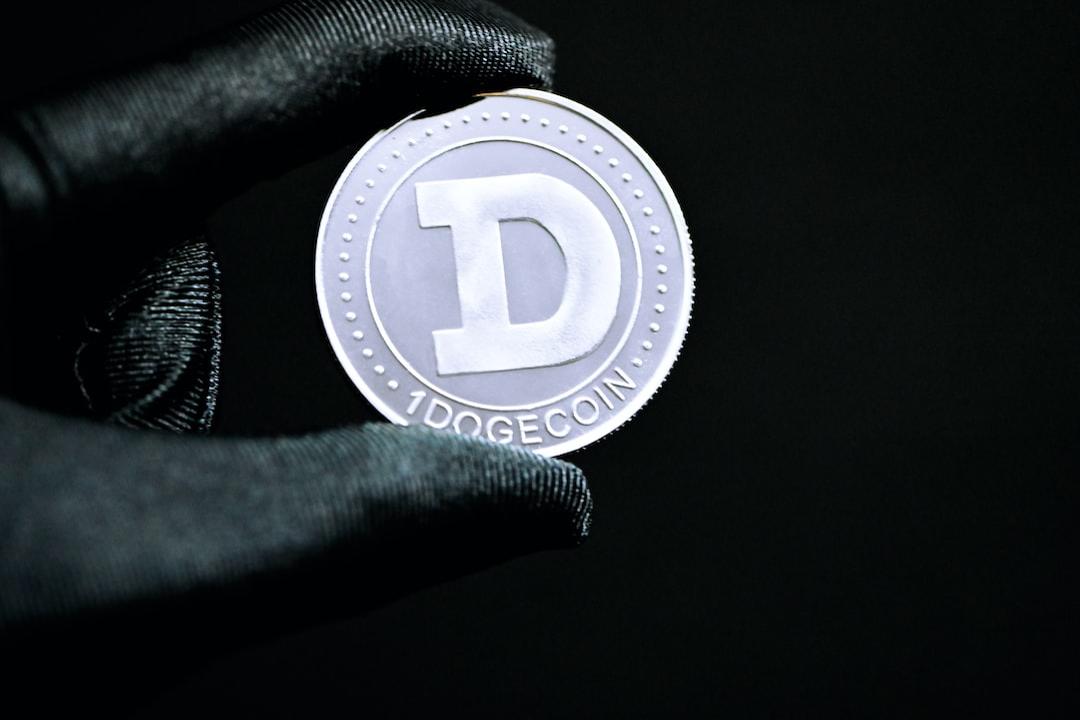Cryptocurrency research company Kaiko’s data shows that the percentage of Bitcoin trades on weekends has dropped to a historic low of 16% this year. This decline occurred after the launch of a Bitcoin exchange-traded fund (ETF), which seems to have altered the timing of Bitcoin trading to better align with traditional stock exchange hours and reduce Bitcoin price volatility. One notable characteristic of cryptocurrencies is that, unlike stocks, they can be traded around the clock, even on weekends. In the past, Bitcoin trading was notorious for its “crazy weekends,” during which the price of digital currencies would fluctuate significantly. However, this phenomenon appears to be cooling down, as Bitcoin weekend trading volume has steadily declined from its peak of 28% in 2019. The introduction of Bitcoin ETFs may be a significant factor in this trend. Kaiko’s senior analyst, Dessislava Aubert, stated that the decline in weekend trading volume is “a trend that has been present for many years, but ETFs have exacerbated this trend.” In early 2024, the Bitcoin ETF was approved by the U.S. Securities and Exchange Commission and has since been popular among investors, leading to a historic surge in Bitcoin prices in March. Although some of the gains have been trimmed, the largest cryptocurrency has still risen by about 45% this year, reaching around $61,000. Unlike most cryptocurrencies that can be traded at any time on exchanges such as Binance, the Bitcoin ETF follows the traditional trading hours of stock exchanges—meaning no weekend trading. The percentage of Bitcoin traded between 3 p.m. and 4 p.m. on weekdays has increased from 4.5% in the fourth quarter of 2023 to 6.7%. This period is known as the reference pricing window, during which ETF owners determine the price of Bitcoin and use it to calculate the net asset value of the ETF. The collapse of crypto-friendly banks Silicon Valley Bank and Signature Bank in March 2023 also contributed to the decline in weekend trading volume as market makers could no longer use the banks’ 24/7 payment network to buy and sell cryptocurrencies in real time. The report suggests that the price difference between weekends and weekdays may continue to exist because market makers’ revenue comes from high-volume trades, allowing them to profit from the bid-ask spread. In low-volume environments, market makers have less incentive to provide liquidity. Another report by Kaiko suggests that the institutional adoption of cryptocurrencies through Bitcoin ETFs has also significantly reduced price volatility. In November 2021, when Bitcoin last reached a historic high, the volatility soared to nearly 106%. With optimism surrounding ETFs, Bitcoin hit a new high of $73,798 in March, with volatility at only 40%. The trend of lower volatility, combined with the fact that Bitcoin has remained below 50% since early 2023, indicates that Bitcoin is becoming a more mature asset. While it may be too early to call this the new normal, the changes in the Bitcoin market structure over the past year may help explain why price movements have been relatively “boring.”

